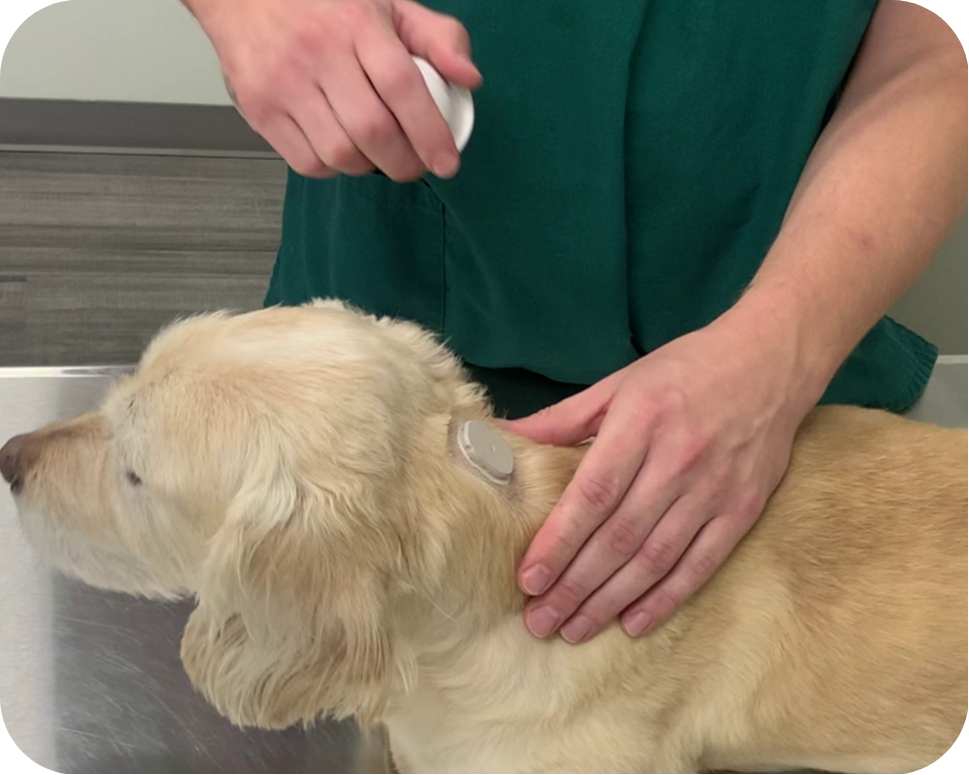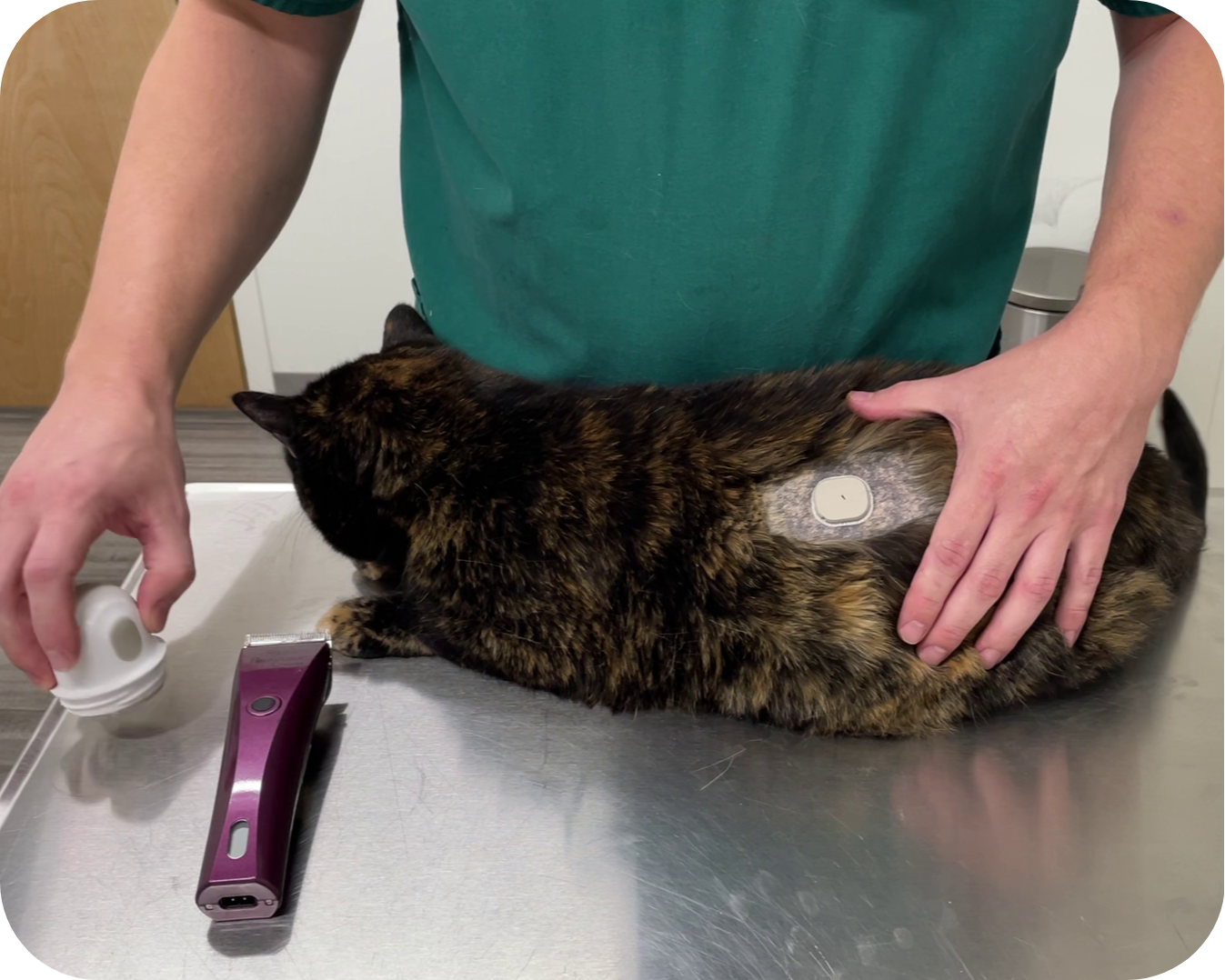Standard of Care before the GluCurve Pet CGM: A Lose/Lose Scenario
Blood Glucose Monitoring is critical in diabetic pets, it refers to checking the actual level of blood glucose at a given moment in time and is needed to guide veterinarians when figuring out the proper insulin dose. Too high of a dose will lower blood glucose to dangerous levels, and too low of a dose of insulin will allow blood glucose to remain dangerously high. In order to properly prescribe the right amount of insulin, veterinarians need to know what blood glucose levels look like through the day.
Before the GluCurve Pet CGM, there were two ways of monitoring blood glucose levels in diabetic pets:
In-Clinic Blood Glucose Curves have long been the standard method of monitoring blood glucose in diabetic pets to determine insulin doses and care plans. It consists of the pet spending 10-12 hours at a veterinary clinic where they will undergo blood draws every two hours. This will give the veterinarian 6-7 glucose readings to create a graph called a Glucose Curve that they can use to see how the pets blood sugar levels rise and fall over the course of the day. Before being dropped off the pet with eat breakfast and receive an insulin injection so the veterinarians can see how the pet is responding to the insulin.
There are a number of major problems with conducting an in-clinic glucose curve to monitor blood glucose levels. First, pets (especially cats) get very stressed from being housed in a veterinary clinic, in an unfamiliar environment with lots of noise, commotion, and other pets. That stress is significantly amplified by the process of getting stuck by a needle and blood drawn every two hours. Stress causes the blood glucose levels to elevate and can give drastically different numbers then what would be normally seen under normal homelife conditions. The second major problem is that being housed in a crate in a veterinary clinic does not depict the normal homelife of the pet which includes activity/exercise, stress, eating and drinking habits, insulin injection times, etc. Another challenge is that because blood glucose levels are checked every two hours, the highs and lows are often missed between the gaps in readings.
Human CGM’s (Continuous Glucose Monitors) being used off label have been gaining in popularity and practice over recent years and are now recommended as the standard for care by diabetes specialists in veterinary medicine. A small 2-3 inch patch is shaved on the pet and a CGM that has an adhesive patch on the bottom is applied to the area. The device will read blood glucose levels every 5 minutes for 14 days while the pet is at home which offers many huge advantages compared to doing an in-clinic glucose curve.
While still a better method then an in-clinic glucose curve, these devices are designed for human use and create a lot of different problems when used in veterinary medicine. They require a prescription so the pet owner must go and pick it up from a pharmacy and set up a return visit to the veterinary clinic, although it should be noted there is a company illegally selling them directly to veterinary clinics through access to the product from their parent company. Another major problem is that the human CGM company will not support the use on animals so there is no customer or technical support, no instructions, no warranties on defective products. Worse yet, the software is not meant for animals and difficult to use a lot of the data (glucose readings) it collects. The commonly used human CGM can only store glucose readings for up to 8 hours so if it isn’t scanned it will start losing the glucose readings it has collected.


